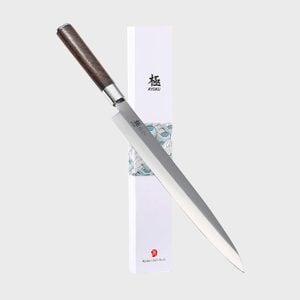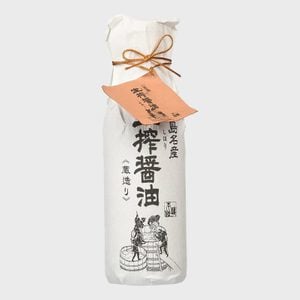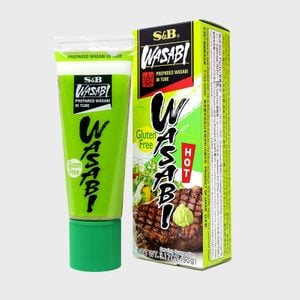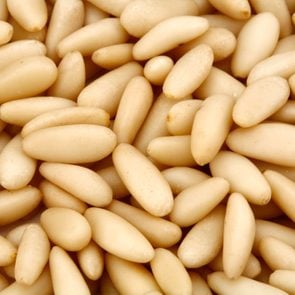What Is Sashimi, Exactly?
Updated: Sep. 03, 2023
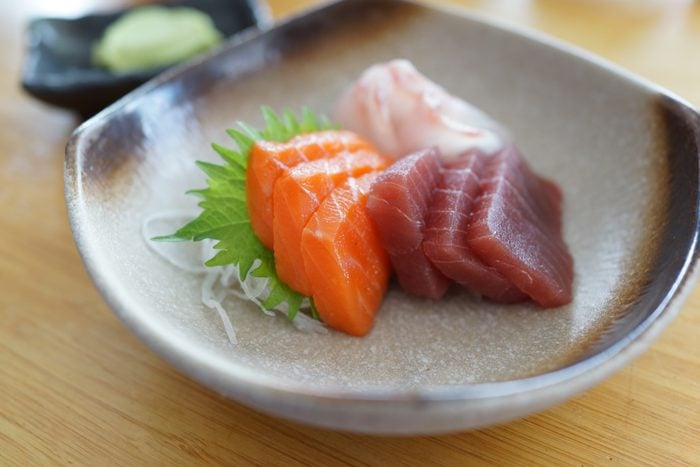
News flash: Sashimi and sushi are not the same thing.
Our editors and experts handpick every product we feature. We may earn a commission from your purchases.
If you’ve ever stared down the menu at a Japanese restaurant, there’s a good chance you’ve asked a few common questions: What is sashimi? Is it the same thing as sushi? Should just I order both and call it a night? In the world of sushi, sashimi, nigiri, maki, and more, it can be hard to know what’s what. Well, settle in for some food facts trivia that’ll explain what sashimi is and how it differs from other Japanese favorites.
Just as learning what chai tea is can expand your appreciation for the drink (and the culture behind it) and learning what wasabi is can revolutionize your sushi and sashimi dishes, finding out what sashimi is will help you order smarter at restaurants and appreciate Japanese cuisine.
So, what is sashimi? Simply put, it’s raw fish. But it’s so much more than that.
Is sashimi just raw fish?
Yes, sashimi is raw fish. But it’s not just raw fish—freshness, quality, and cut matter.
Considering the word “sashimi” comes from the Japanese words “sa” (meaning “knife”) and “shi” (meaning “fillet”), it should come as no surprise that the Japanese specialty features thinly sliced raw fish. Typically, the dish is served with only soy sauce so the meat can be the star of this wonderfully umami-flavored meal. But you might also find it accompanied by wasabi or pickled ginger.
Since it’s served raw, sashimi is made with very high-quality fish. That’s as much for your taste buds as your health. Poor-quality fish, or fish that isn’t prepared properly, can make you sick. Doctors have reported cases of parasitic infections (aka worms) in people who have eaten raw sushi. That’s why good sashimi fish (often tuna, yellowtail, mackerel, and salmon) is caught, iced, and used all in rapid succession. It’s also why you should skip the sashimi and sushi at all-you-can-eat buffets.
You can find sashimi-grade fish at your supermarket, but be careful in selecting it to be sure it’s high enough quality. Previously frozen fish is your best bet, but don’t be shy about asking the fishmonger for advice. You might intend on making tuna sashimi but learn the salmon is especially fresh that morning.
While people are generally referring to raw fish when they talk about sashimi, you may also come across beef or pork sashimi. With those types of sashimi, you’ll also want to make sure the meat is as fresh as possible.
Sashimi vs. nigiri: What is the difference?
You may have the answer to your “What is sashimi?” question, but can you identify what it isn’t? Consider, for a moment, bite-sized mounds of rice topped by slices of raw fish. It sounds like sashimi, but it’s actually nigiri.
The addition of rice is what turns sashimi into nigiri. The word “nigiri” actually comes from the Japanese term for “clasp in the hand,” and these little bundles of rice are formed by hand. The dish is sometimes eaten with soy sauce and wasabi, and you can find it topped with cooked ingredients, but the main components are the vinegar-flavored rice and raw fish. Curious how to eat it? Follow these rules for eating Japanese food.
Sushi vs. sashimi: What’s the difference?
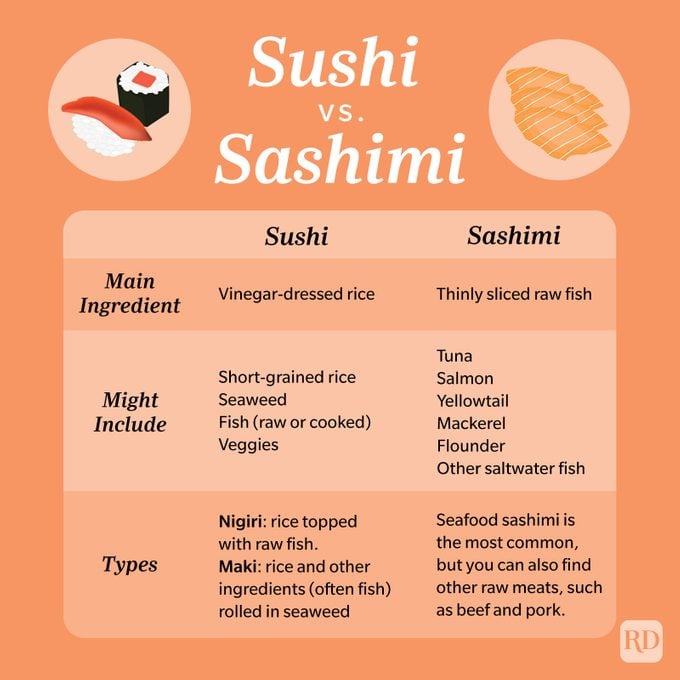
Plenty of folks wonder about the raw fish dish, but “how is sashimi different from sushi” may be an even more common question than “what is sashimi?”
It’s a common misconception that they’re the same thing. They’re actually very different. While sashimi is simply the meat, sushi includes rice and often ingredients like seaweed and vegetables. That’s right: What makes sushi sushi is the vinegar-dressed short-grain rice, not the protein at all.
And it’s a tad more complex than that, so don’t just look for salmon sushi on the menu. Look for the specific type of salmon sushi you want to eat. The dish you first think of when you hear the word “sushi” is a type of rolled sushi called maki that typically includes sushi rice, seaweed, fish (raw or cooked), and ingredients like veggies. Non-rolled sushi is called nigiri, which you just learned, features bites of rice topped with raw fish.
Now that you understand what sashimi is, find out whether eggplant is fruit or veggie—you’ll be surprised!
Sources:
- Sushi: The Beginner’s Guide by Aya Imatani
- The Complete Idiot’s Guide to Sushi and Sashimi by James O. Fraioli and Kaz Sato
- BBC Good Food: “Sashimi”
- Benihana: “The Difference Between Sushi and Sashimi”
- BMJ Case Reports: “Anisakiasis: a growing cause of abdominal pain!”
- MasterClass: “Simple Nigiri Recipe: How to Make Nigiri Sushi”

